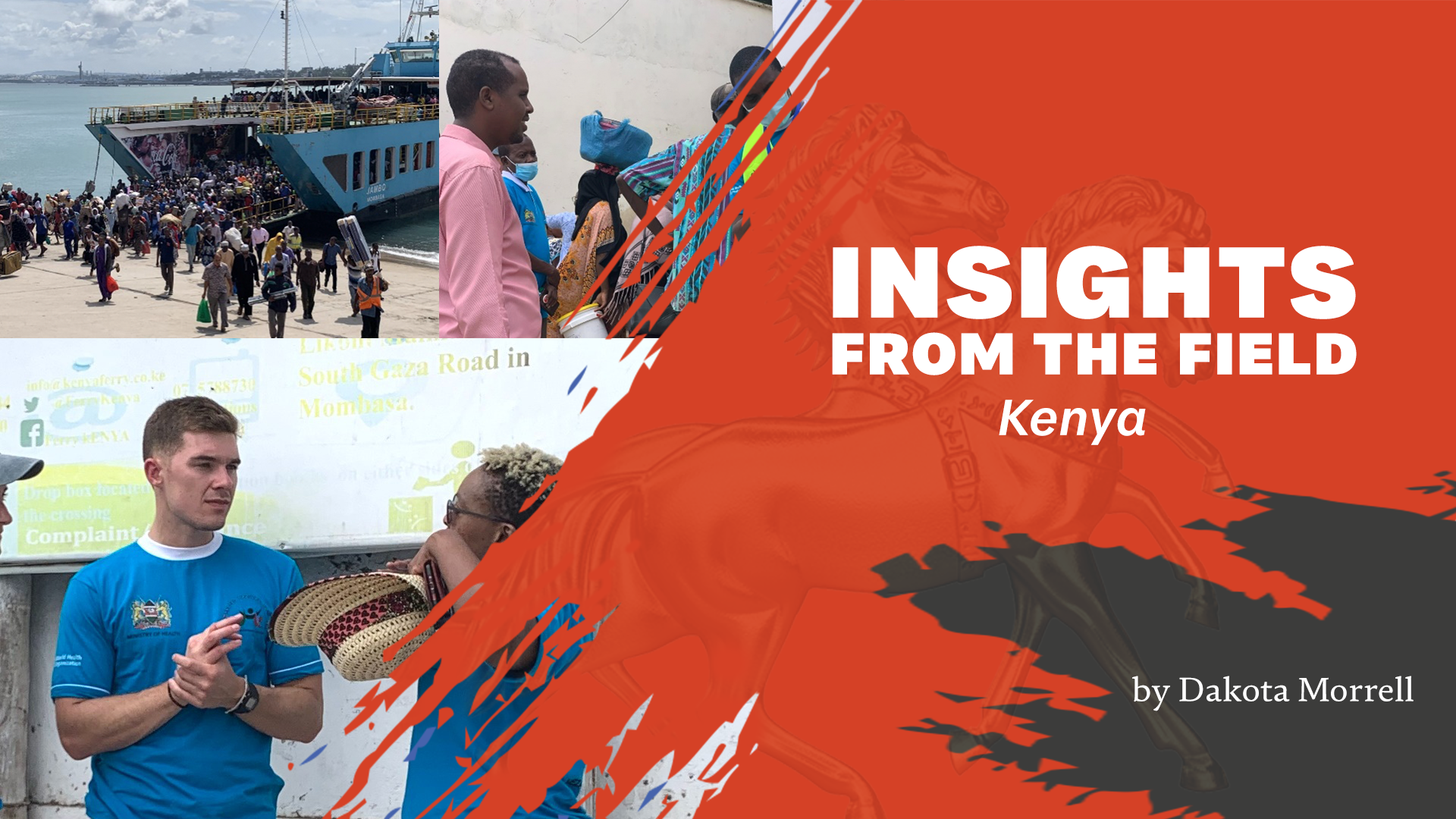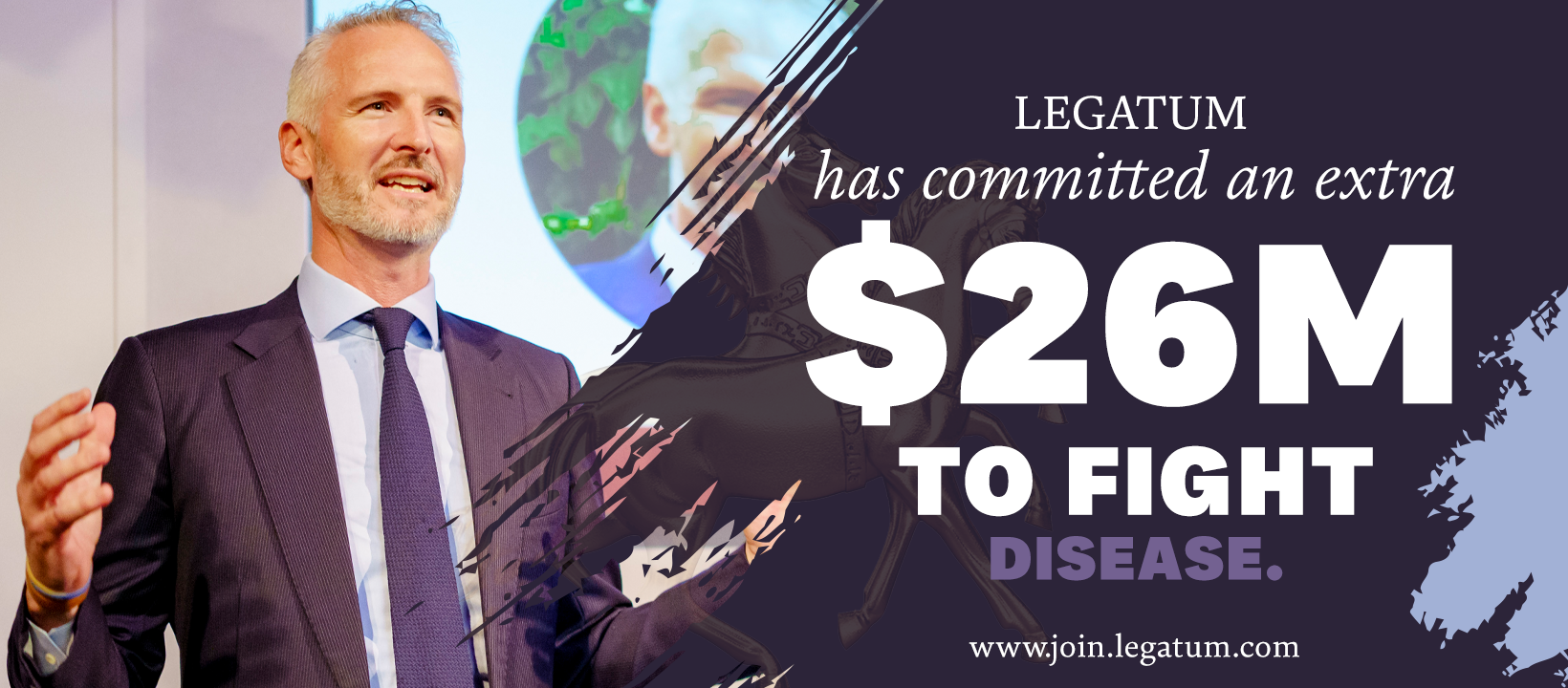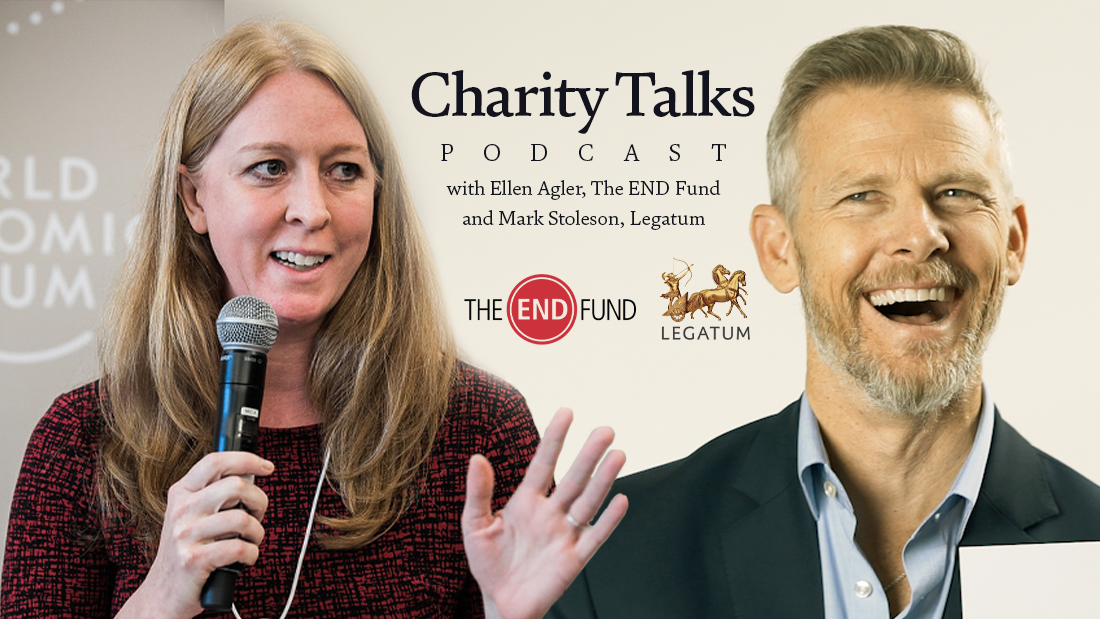In Legatum’s first field visit since the outset of the pandemic, seven colleagues and I visited Nairobi and Mombasa, Kenya to participate in a mass drug administration and meet our exceptional partners on the ground working to eliminate neglected tropical diseases (NTDs) in Kenya.

Never in my life have I worried about getting intestinal worms or contracting river blindness. If you’re like most people in developed countries, you haven’t either. Yet for 1.7 billion people, primarily in Africa, these and other NTDs are still a daily reality.
The END Fund, founded by Legatum in 2012, is a philanthropic organization designed to pool and deploy resources to end NTDs globally. They are working to ensure that what is a reality today might soon become a distant memory.
Though my role with Legatum is within our investment team, I travelled to Kenya in what was Legatum's first field visit since the outset of the pandemic to meet members of the END Fund team and participate in a mass drug administration (MDA) for lymphatic filariasis (LF).

A woman in Mombasa with lymphatic filariasis
LF, otherwise known by its advanced stage, elephantiasis, is a parasitic disease carried by mosquitoes, often resulting in severe swelling that can lead to permanent disabilities. The WHO estimates nearly 900 million people are in need of treatment for the disease.
The founding of the END Fund is a bit of a legend at Legatum. In 2006, Legatum partner Alan McCormick read an article in the Financial Times claiming that more than a billion people were suffering from NTDs despite treatments costing less than one US dollar per person, begging the question: why? After six years of exploring that question, Legatum founded the END Fund in 2012. The answer is that getting the appropriate treatments and drugs to the individuals that need them is an incredible logistical challenge, which can be hindered by poor infrastructure, governments with competing priorities, and skepticism among the population. During this trip, I witnessed first-hand the complexities of that challenge and met some of the exceptional people tackling it.
FROM A NATIONAL LEVEL…
Our trip began in the Kenyan capital of Nairobi, where we met with representatives from the Kenyan Ministry of Health. Defeating NTDs is virtually impossible without central government support. Through its Breaking Transmission Strategy 2019-2023, the Government of Kenya is committed to eliminating four NTDs, including LF. They work closely with the END Fund, which provides funding, resources, and organizes support on the ground. One of the central tenants of this national strategy, assisted by the END Fund, is mass drug administrations (MDAs), which involve providing treatment to every person in a given geography in a given time period.

Kenyan Ministry of Health in Nairobi
…TO THOSE ON THE GROUND
MDAs take place through house-to-house and fixed-point distribution. In Mombasa, we experienced both first-hand.
We started at a ferry port, where thousands of people get on and off the ferry every hour, providing an opportune place to speak with them and provide preventative medication.

Hundreds of people board and exit the ferry every few minutes
The volunteers at this station work in the sun from 8am-4pm, after which they compile and report all of the data from the day. And it’s all still paper-based (a potential opportunity for any social-minded entrepreneurs…?)

A social worker explaining the treatment’s benefits
After that, we participated in a door-to-door distribution, providing medications to families in their homes. This is where the END Fund’s community-based approach is critical. These door-to-door distributions are done by social workers familiar with the communities they are serving. This is critical, because often times there can be a healthy level of skepticism with these medications, and it can take a trusted member of the community to convince someone the medication is in their best interest. These health workers are walking through their communities for 8+ hours per day to ensure their communities get the necessary medications.
To assemble all of these dedicated health workers on the ground requires the organization and work of hundreds of supervisors and administrators at the county and sub-county level. It was after seeing just how many people have to be involved, at so many different levels, the dedication of these people, and the coordination required amongst them that I really began to appreciate why these diseases have persisted for thousands of years.

My colleague and a community drug distributor administering treatment during the door-to-door distribution
VECTOR CONTROL
MDAs are only half the equation though. As important as they are, LF is still a mosquito-borne disease, and elimination requires vector control. In Nairobi, we visited the Kenya Medical Research Institute (KEMRI) to speak with researchers in the lab who are working on the best ways to do this.
The conversations with these scientists were some of the most fascinating of the entire trip, though I will admit there’s something a bit unsettling about spending five minutes in a tiny room full of mosquitoes used for malaria and NTD research.

Inspecting buckets of mosquitoes… from a distance
PARTING THOUGHTS
The visit to KEMRI stressed the complexity of the problem at hand. Even after all the work to get the medication to the people in need, there is still more to be done to eliminate these diseases.
Nonetheless, through this model the END Fund and others have helped to eliminate NTDs from several countries in Africa, and LF specifically has been eliminated in 17 countries since 2012. The work from all the partners we met on our trip has Kenya on track to eliminate LF by 2030.
It was only being on the ground that could help me finally understand why treating NTDs is so challenging and why they remain a reality for 1.7 billion people globally. With that came an even greater appreciation for the work that the END Fund has done to eliminate them around the world and is doing to eliminate them in places like Kenya.
I leave you with a quote from END Fund CEO Ellen Agler:
“What will the future be? It could be this: NTDs plagued humans for thousands of years. Then, following radical advancements in medicine, technology, and global collaboration, they didn’t.”
Here’s to all the organizations, investors, governments, health workers, and volunteers working to make that a reality.
Legatum recently committed an additional $26 million investment to the END Fund, which you can read more about here.
Photo captions:
- A woman in Mombasa with lymphatic filariasis
- Kenyan Ministry of Health in Nairobi
- Hundreds of people board and exit the ferry every few minutes
- A social worker explaining the treatment’s benefits
- My colleague and a community drug distributor administering treatment during the door-to-door distribution
- Inspecting buckets of mosquitoes…from a distance
Dubai International Financial Centre
Dubai, United Arab Emirates




